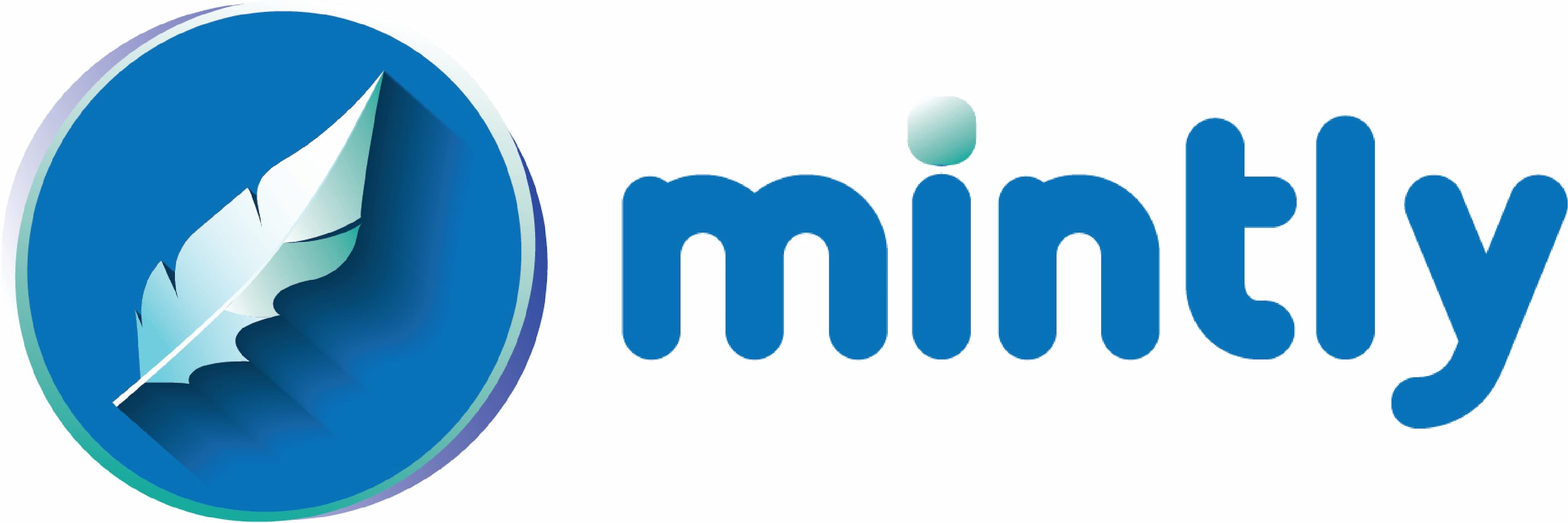As a freelance designer, pitching your work and standing out in a competitive market can be a challenging task. Whether you’re an illustrator, graphic designer, UI/UX expert, or web designer, showcasing your designs effectively is essential to landing freelance jobs. Potential clients are looking for more than just skill. They want to see professionalism, creativity, and your ability to meet their needs.
In this blog, we’ll break down how you can present your designs to impress clients and secure freelance gigs. From creating a compelling portfolio to leveraging online platforms, every step matters. Let’s dive into actionable strategies for presenting your designs like a pro.
1. Build an Outstanding Portfolio
The cornerstone of showcasing your design work is having an impeccable portfolio. Your portfolio is essentially your resume. It is the first thing potential clients will check when evaluating your skills.
Key Elements of a Great Portfolio
- Quality Over Quantity: Choose 8–12 of your best projects instead of overwhelming prospects with too many examples. Focus on work that showcases your versatility and aligns with the type of freelance jobs you’re targeting.
- Tailored Projects: Customize your portfolio to match the niche you’re applying for. If you’re pursuing website design gigs, focus on web-related projects; if it’s branding, showcase logos and brand identity work.
- Visual Presentation: Use high-quality visuals and mockups to display your designs. Tools like Adobe Photoshop, Figma, or Canva can help you create polished presentations.
- Context Matters: Provide brief project descriptions. Explain the problem you solved, the client’s goals, and your design process. This shows your strategic thinking and ability to collaborate.
2. Create an Online Presence
Having a strong online presence is just as important as having a portfolio. Most freelance jobs are found online, so potential clients will likely Google you before hiring.
What You Need for an Online Presence
- Website: Build a personal website with your portfolio, contact information, and a blog (optional). Platforms like Squarespace, Wix, and WordPress make it easy to create a professional-looking site.
- Social Media Profiles: Use platforms like Instagram, LinkedIn, and Behance to share your work consistently. Instagram is fantastic for creatives to showcase visual projects, while LinkedIn helps you network professionally.
- Freelance Platforms: Create profiles on freelance marketplaces such as Upwork, Fiverr, or Toptal. Ensure your profile descriptions are clear and showcase your past achievements.
- Search Engine Optimization: Optimize your website and profiles with keywords related to your niche (e.g., “freelance graphic designer” or “UI/UX expert”) so clients can find you easily. Leverage SEO tools as much you can.
3. Prepare Tailored Presentations
Every client is unique, and presenting your designs in a way that resonates with their specific needs can set you apart from other freelancers.
Graphic Design Jobs and any other design specific jobs follow the first process of sharing the portfolio of presentations.
Steps for Tailored Presentations
- Research the Client: Understand their industry, target audience, brand identity, and business goals. This allows you to customize how you present your work to align with their needs.
- Choose Relevant Work: Select examples from your portfolio that directly apply to the client’s industry or project type.
- Use Mockups and Prototypes: For web or app design, create clickable prototypes using tools like Figma or Adobe XD. For branding projects, use mockups to display logos on business cards, packaging, or websites.
- Explain Your Process: Walk the client through how you approach design projects. Highlight collaboration, research, ideation, and execution phases.
4. Master the Art of Storytelling
Your designs should tell a story—and so should you. Presenting your work isn’t just about showing visuals; it’s about explaining how they solve a problem or fulfill a need.
How to Use Storytelling
- Describe Challenges: Share the challenges the client faced before hiring you (or hypothetical challenges if it’s personal work).
- Your Solution: Explain how your design resolved their problems. For instance, if you created a brand identity for a startup, talk about how your designs helped them stand out in their market.
- Results: Whenever possible, share tangible outcomes like increased sales, better user engagement, or enhanced brand recognition.
5. Leverage Case Studies
Case studies are an excellent way to present your designs in-depth while demonstrating your problem-solving skills. Unlike portfolio snapshots, case studies provide detailed insights into specific projects.
If you are searching for freelance jewellery designer jobs, you can prepare the designs in Compressed Folder using Google Drives or use dribble/behance.
How to Write a Case Study
- Start with an introduction that outlines the project goals.
- Discuss the client’s challenges or objectives.
- Explain your design process (research, ideation, execution).
- Showcase the final results with visuals.
- Provide measurable outcomes or testimonials if available.
A well-written case study can help potential clients understand how you think and work—and inspire confidence in your abilities.
6. Be Organized and Professional
When presenting your designs for freelance jobs, professionalism matters as much as creativity. Disorganization or poor communication can turn off potential clients.
Tips for Professional Presentation
- Organize Your Files: Provide clean folders with labeled project files when sharing portfolios or proposals. Avoid sending cluttered or incomplete documents.
- Use Clean Formatting: Whether it’s in a PDF proposal or a website portfolio, use clean fonts and layouts that are easy to navigate.
- Respond Promptly: Reply to inquiries professionally and within 24 hours whenever possible. Timeliness shows reliability.
- Be Clear About Pricing: Include a pricing guide in your proposals or on your website if applicable.
7. Showcase Your Unique Style
While versatility is important when freelancing, showcasing a unique design style can make you memorable in a sea of competitors.
How to Highlight Your Style
- Focus on projects that reflect your aesthetic preferences while still meeting client goals.
- Develop a signature approach—for example, minimalist branding designs or bold typography choices—and highlight that in your portfolio.
- Avoid copying trends entirely; instead, show how you adapt them creatively.
8. Use Testimonials and Reviews
Client testimonials are powerful tools for building trust with prospective clients. They validate your skills and provide reassurance to those considering hiring you.
How to Collect Testimonials
- Ask past clients for feedback via email or freelance platforms once projects are completed.
- Display testimonials prominently on your website or portfolio.
- Include ratings and reviews from platforms like Upwork or Fiverr.
9. Pitch Confidently During Interviews
Once you’ve captured a client’s attention with your portfolio and online presence, it’s time to ace the interview phase. Whether it’s via email, video call, or an in-person meeting, how you present yourself matters.
Tips for Pitching Yourself
- Prepare an elevator pitch that summarizes who you are as a designer and what makes you unique.
- Practice presenting specific projects from your portfolio with enthusiasm and clarity.
- Listen actively during discussions about the client’s needs—showing genuine interest builds rapport.
10. Follow Up After Presenting
The job isn’t done after you’ve showcased your designs; following up is crucial for leaving a lasting impression and securing freelance gigs. The design vetting process vary from industry to industry.
Hiring a freelance jewelry designer is a long process. But once you secure a project, this can turn into long term and referrals may come in.
Effective Follow-Up Strategies
- Send a thank-you email expressing appreciation for their time.
- Restate key points from the discussion about how you can help them achieve their goals.
- Offer additional information if needed (e.g., links to more case studies).
Final Thoughts
Presenting your designs effectively is key to winning freelance jobs in today’s competitive marketplace. By building a strong portfolio, tailoring presentations to clients’ needs, leveraging storytelling techniques, and maintaining professionalism throughout the process, you can position yourself as the go-to designer for every project.
Remember that every interaction with potential clients—from sharing your portfolio to pitching during interviews—should reflect not just your technical abilities. It also shows your reliability and commitment to delivering exceptional results.
With these tips in hand, you’ll be well-equipped to showcase your designs confidently and land more freelance design jobs that match your skills and aspirations!





